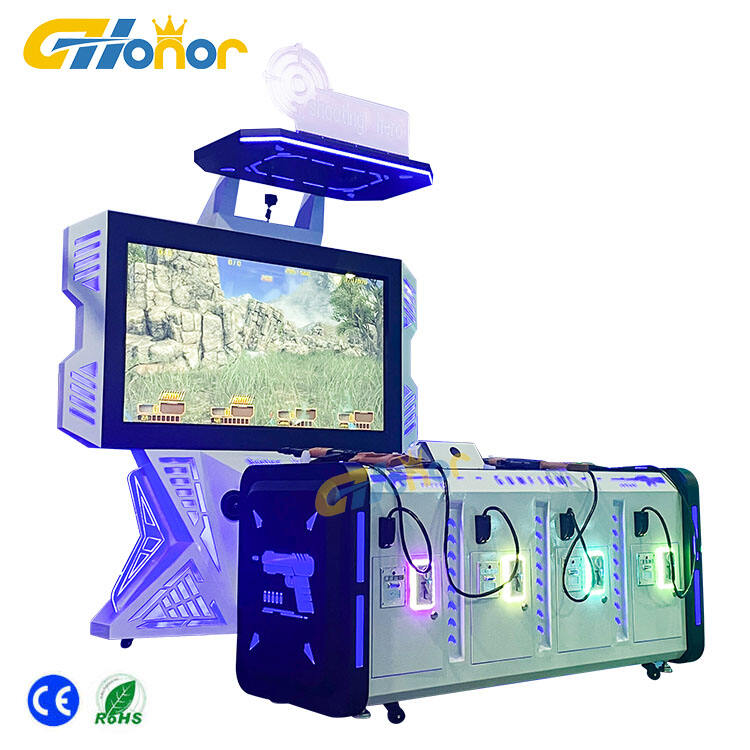A video arcade machine is a standalone gaming device designed for public use in arcades, amusement parks, and entertainment centers, featuring video-based gameplay displayed on a screen and controlled via specialized input devices. These machines combine hardware and software to deliver immersive, interactive experiences that range from classic 2D games to modern 3D simulations, catering to diverse player preferences and skill levels. At the core of a video arcade machine is its display system, which has evolved from early cathode ray tubes (CRTs) to high-definition LCD, LED, or even curved screens, providing crisp visuals and vibrant colors. The processing unit, typically a dedicated motherboard or gaming chipset, runs the game software, rendering graphics, handling player inputs, and managing audio output—often through built-in speakers that deliver thematic sound effects and music to enhance immersion. Control systems vary by game type, including joysticks and buttons for fighting games (e.g., Street Fighter), steering wheels and pedals for racing simulators (e.g., Out Run), light guns for shooting games (e.g., Time Crisis), or motion sensors for interactive experiences (e.g., dance or sports games). These controls are engineered for durability and responsiveness, with industrial-grade components that withstand thousands of actuations in high-traffic environments. Video arcade machines are categorized by gameplay style, including classic games (Pac-Man, Space Invaders), fighting games, racing games, shooters, rhythm games, and virtual reality (VR) experiences. Modern models often incorporate multiplayer functionality, allowing two or more players to compete or collaborate simultaneously, with split-screen displays or linked systems that connect multiple machines. Payment systems are integrated to enable play, with options ranging from traditional coin and token mechanisms to cashless systems accepting credit cards, mobile payments (via QR codes or NFC), or loyalty program credits. Commercial video arcade machines are built with robust cabinets, typically made of steel or high-grade plastic, to protect internal components from damage and vandalism. They may feature eye-catching artwork, LED lighting, or transparent panels to showcase the game and attract players in busy venues. Many models include diagnostic tools for operators, enabling remote monitoring of performance, revenue tracking, and troubleshooting to minimize downtime. Whether evoking nostalgia with retro classics or pushing boundaries with cutting-edge VR, video arcade machines remain a cornerstone of public entertainment, offering unique experiences that blend skill, competition, and fun in a social setting.
